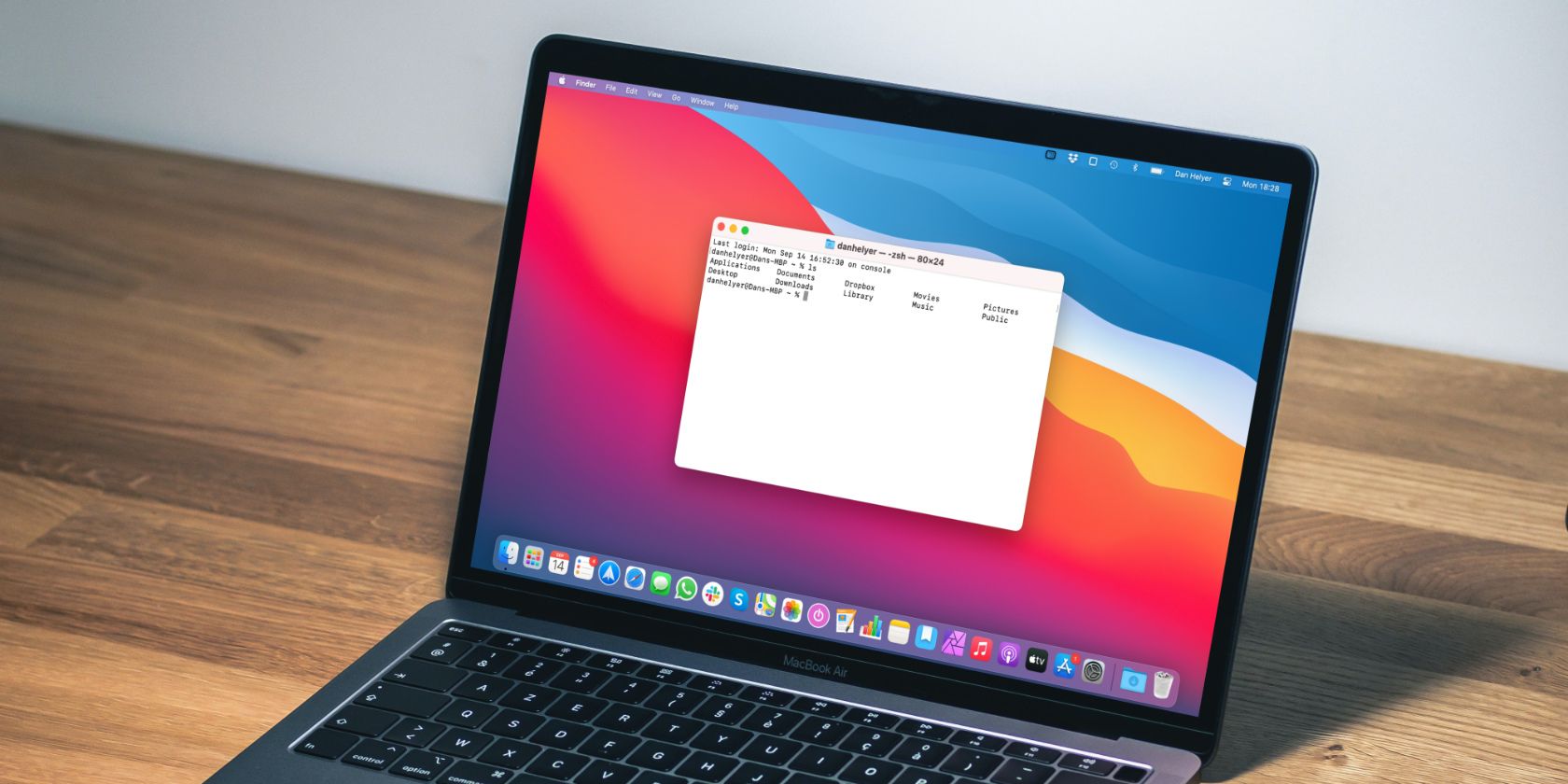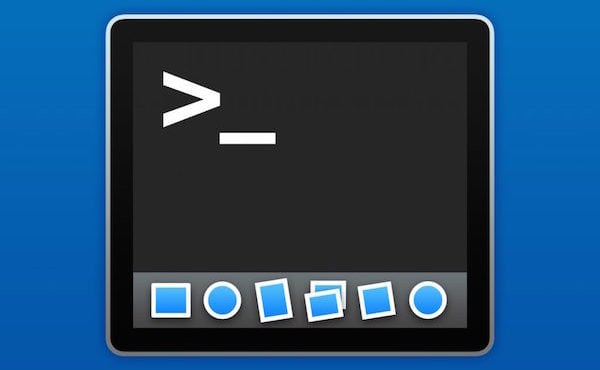

- Find applications on mac from terminal how to#
- Find applications on mac from terminal for mac#
- Find applications on mac from terminal full#
- Find applications on mac from terminal password#
- Find applications on mac from terminal download#
In order to download file from Terminal, instead of the put command, you need to enter get and the filename:
Find applications on mac from terminal full#
To send files to the server, you need to use FTP put command and know the full paths to the files on both local and remote machines. Put new_file_name new_file_name Uploading and downloading files With the help of the following FTP copy file command you can easily create a duplicate of a file that is useful, especially when you are editing files. Get file_name file_name !nano file_name put file_name file_name Copying files We will give you an example of using Nano as it is easier to understand and use. To edit file in Terminal Mac users need to useprograms built-in to the Terminal, such as nano, emacs etc. Rnfr_from_path_file_name rnto_to_path_file_name Editing files With a simple FTP move command you can flawlessly move any file on a remote server as if you were using FTP client for Mac. Rename old_name new_name Moving files on a remote server You can also manage files on a remote server and rename in Terminal on Mac the files to have the correct file names. Put file_name file_name Changing files names on the server To create a file in Terminal on Mac you need first of all to have a copy of the file on your laptop before uploading it to the server. If adding a folder is not a complicated task, creating a new file requires more actions to do. The procedure is easy and doesn’t require a lot of time. You can add a new folder by using the mkdir command on Mac. This memo lists the most frequently used Mac Terminal FTP commands that will allow you to communicate freely with any server with any set of options.

lcd - changes directory on local machine.help or ? - lists all available FTP commands.get - copies one file from remote to local computer.dir - views the list of files in the folder.delete - deletes a file in the current remote directory.cdup - goes to a folder one level higher.cd - changes directory on the remote machine.binary - transfers files in binary format.ascii - transfers files in ASCII encoding.append - adds a local file to the end of a remote file on the server.
Find applications on mac from terminal password#

You just need to click on the Siri icon on the menu bar and say "Launch Terminal". This method is considered the fastest and easiest. The application name and icon will be highlighted.In the search bar at the top of the screen, type in "Terminal".If the Others folder is deleted after you change the launchpad organization, use the following method: Find the required application in it and launch it.Launch Launchpad in the Dock or Fn + F4.In it you need to find the "Others" tab, and the Terminal is located in it. There are several ways to launch the Terminal tool through the launchpad. Click on the arrow next to the word "Utilities" to see the files in the folder.In Finder, find the "Applications" folder on the left side of the screen and open it.If Finder is running on the device, the Terminal can be launched through the Applications folder: The required application will be highlighted in the top line of the list with search results.Type in the word "Terminal" in the search bar.If it is not there, start the search using the Command + Space hotkeys. Find the Spotlight search icon in the menu bar.The easiest way to open a program is to use Spotlight search. There are several ways to get to Terminal on Mac.
Find applications on mac from terminal for mac#
Find applications on mac from terminal how to#


 0 kommentar(er)
0 kommentar(er)
